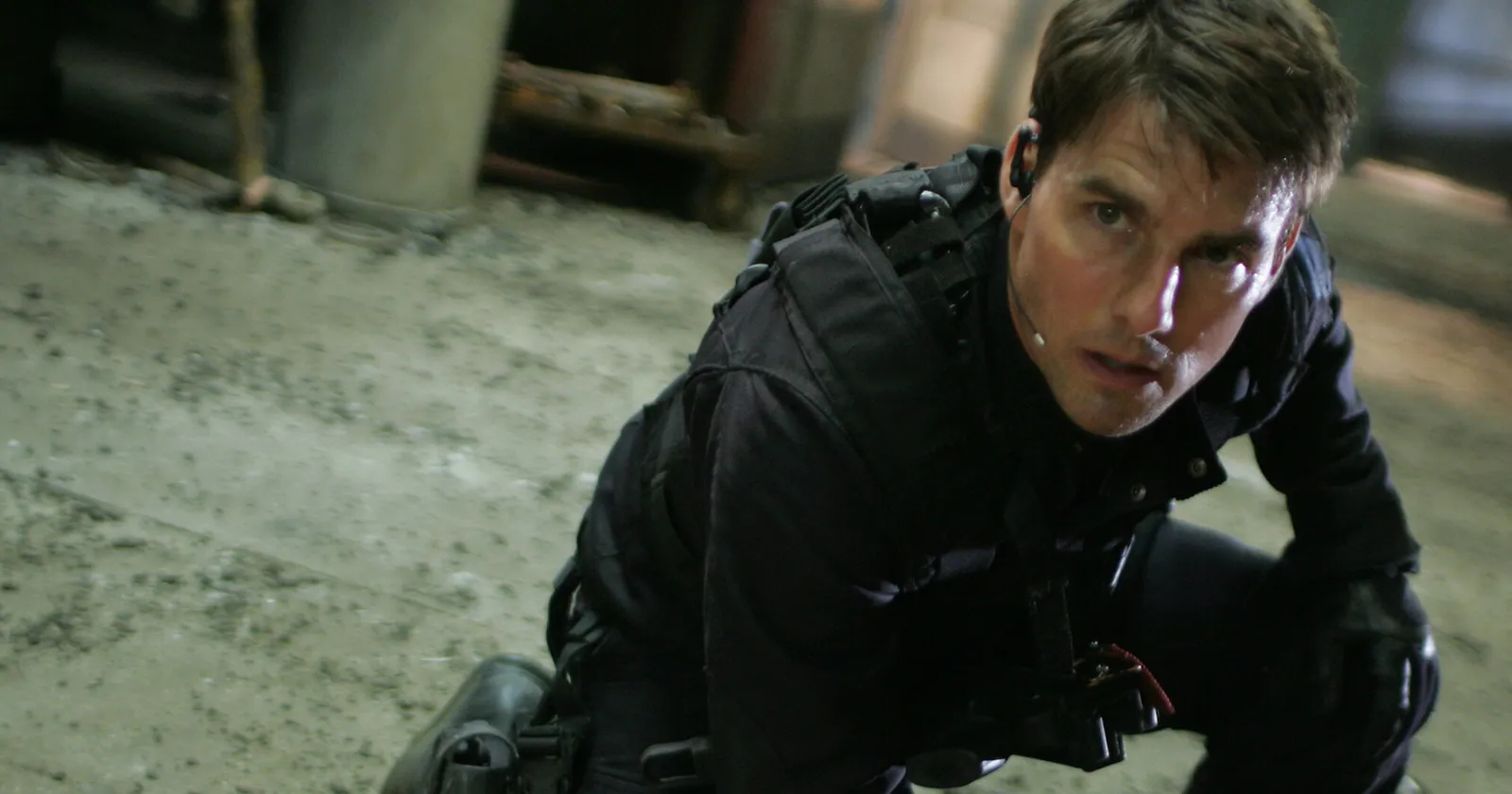Mission: Impossible III (2006) is a marked improvement over Mission: Impossible II, and it set the foundation for the franchise’s eventual reinvention. It might not be the most daring film in the series, but with Philip Seymour Hoffman’s unforgettable villain performance and Tom Cruise’s unwavering commitment to the role, it’s a solid entry that remains memorable—if not for its direction, then for its villain.

‘Mission: Impossible III’ Movie Review
Mission: Impossible III marks a pivotal turning point in the franchise, not just because it’s the directorial debut of J.J. Abrams, but because it introduces what is arguably the series’ most compelling villain. While it doesn’t break the genre mold or completely revolutionize the formula, it delivers a sharp, engaging entry with standout moments—mostly anchored by a powerhouse performance from Philip Seymour Hoffman.
As Owen Davian, Hoffman brings a chilling performance that elevates Mission: Impossible III far above what its fairly conventional script might otherwise achieve. Davian is not a cartoonish arms dealer or an overly elaborate schemer—he’s cold, calculating, and terrifyingly human. It’s one of the rare times in the Mission: Impossible series that a villain not only matches Tom Cruise’s Ethan Hunt but threatens to overshadow him. The dynamic between the two creates a real sense of stakes, which isn’t always a given in this globe-trotting, high-stakes franchise.
The emotional core of the film is Hunt’s relationship with Julia, played by Michelle Monaghan (Nanny, MaXXXine). Their bond gives the movie something most spy thrillers lack: a sense of personal vulnerability. That emotional leverage is used effectively, especially in the tense flash-forward opening scene, which sees Davian threatening Julia’s life in one of the series’ most brutal sequences. The entire movie is structured to race toward that moment, and while the plot mechanics are fairly standard—chase the McGuffin, save the girl—it’s elevated by strong performances and a relentless pace.
Mission: Impossible III also introduces Simon Pegg as tech specialist Benji Dunn, a character who would go on to become a fan favorite in later installments. But beyond Benji and Davian, Abrams mostly plays things safe. The film is slick and serviceable, but it leans heavily on established franchise beats rather than pushing the series into bold new territory. It’s a trait familiar to Abrams’ later work in Star Wars and Star Trek honoring the past more than shaping the future.
Stylistically, the film suffers somewhat from dated aesthetics. The shaky cam action sequences and desaturated color grading are textbook mid-2000s and, in retrospect, haven’t aged particularly well. The action is tense, but often difficult to follow, and lacks the visual precision that Brad Bird and Christopher McQuarrie would bring to later entries like Ghost Protocol and Fallout.
READ MORE MOVIE REVIEWS: The Host, Inland Empire, Ocean’s Twelve
Still, Mission: Impossible III is a marked improvement over Mission: Impossible II, and it set the foundation for the franchise’s eventual reinvention. It might not be the most daring film in the series, but with Philip Seymour Hoffman’s unforgettable villain performance and Tom Cruise’s unwavering commitment to the role, it’s a solid Mission: Impossible entry that remains memorable—if not for its direction, then for its villain.
Score: 7/10
Mission: Impossible III (2006)
- Cast: Tom Cruise, Philip Seymour Hoffman, Ving Rhames, Billy Crudup, Michelle Monaghan, Jonathan Rhys Meyers, Keri Russell, Maggie Q, Simon Pegg, Eddie Marsan, Laurence Fishburne
- Director: J.J. Abrams
- Genre: Action, Adventure, Thriller
- Runtime: 126 minutes
- Rated: PG-13
- Release Date: May 5, 2006
- Movies Like Mission: Impossible III: Mission: Impossible – Dead Reckoning, Fight or Flight, Top Gun: Maverick